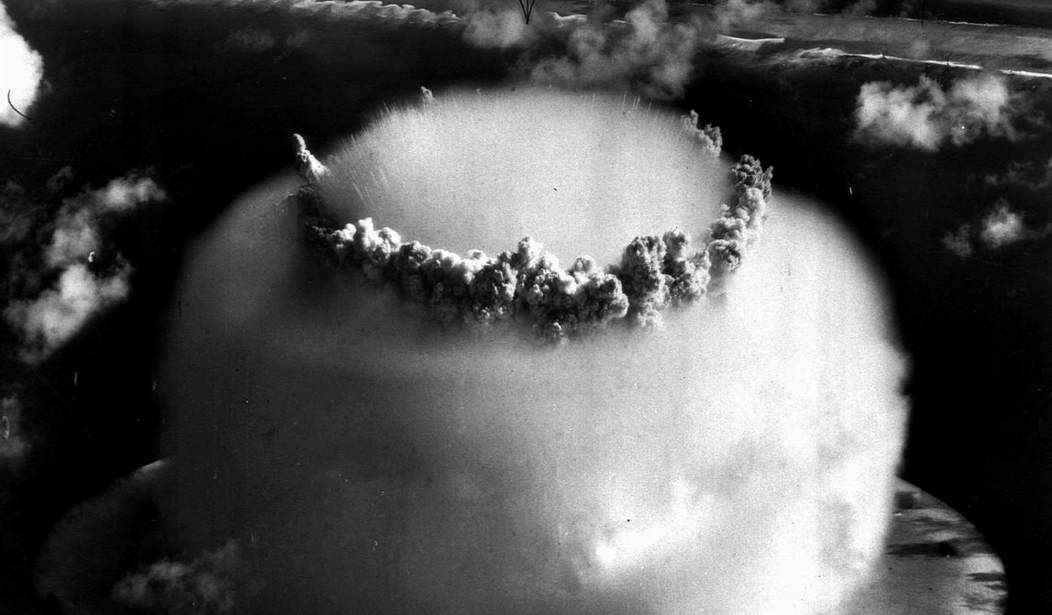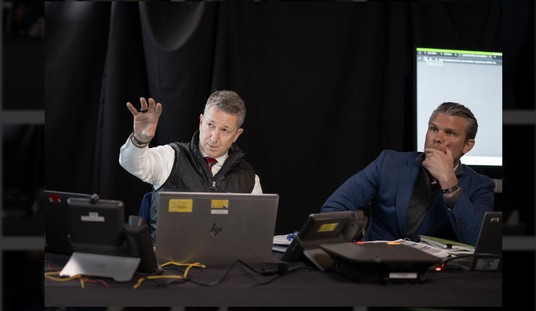The Pentagon and nuclear war academics have reordered American nuclear war-fighting strategy to deal with the growing stockpile of Chinese nuclear weapons as well as the real possibility that in a nuclear war, the U.S. would be facing a combined threat from China, Russia, and North Korea.
The document, called “Nuclear Employment Guidance,” is one of the most classified documents in the U.S. government. There are no electronic copies and only a limited number of hard copies are distributed to top military and civilian commanders.
Two administration officials have referred to the document in recent speeches. Eventually, Congress will be briefed on the document probably before Biden leaves office.
“The president recently issued updated nuclear-weapons employment guidance to account for multiple nuclear-armed adversaries,” Vipin Narang, an MIT nuclear strategist, said earlier this month. “And in particular,” he added, the weapons guidance accounted for “the significant increase in the size and diversity” of China’s nuclear arsenal.
National Security Council’s senior director for arms control and nonproliferation, Pranay Vaddi, also mentioned the document in a speech in June. The upshot is that the U.S. is increasingly worried about a coordinated attack from multiple adversaries.
Already, Russia and China are conducting military exercises together. Intelligence agencies are trying to determine whether Russia is aiding the North Korean and Iranian missile programs in return.
The new document is a stark reminder that whoever is sworn in next Jan. 20 will confront a changed and far more volatile nuclear landscape than the one that existed just three years ago. President Vladimir V. Putin of Russia has repeatedly threatened the use of nuclear weapons against Ukraine, including during a crisis in October 2022, when Mr. Biden and his aides, looking at intercepts of conversations between senior Russian commanders, feared the likelihood of nuclear use might rise to 50 percent or even higher.
As long as the war in Ukraine was going fairly well for Vladimir Putin, the prospect of the Russian president using nukes for any reason was remote. But Ukraine's continuing success in its Kursk offensive and Russia's glacial response to it raises the troubling possibility that Putin — who cares nothing for world opinion — could employ tactical nuclear weapons to regain the advantage.
Putin's threats to use nukes in Ukraine resulted in the U.S., Great Britain, and Germany getting China and India to commit to the idea that there was no role for nuclear weapons in Ukraine.
“It was an important moment,” Richard N. Haass, a former senior State Department and National Security Council official for several Republican presidents. “We are dealing with a Russia that is radicalized; the idea that nukes wouldn’t be used in a conventional conflict is no longer a safe assumption.”
Indeed, it's also not a safe assumption that Putin cares about the opinion of other nations. It's what worries me most about Kamala Harris as commander-in-chief. When it comes to the game of nuclear bluff, caring more about what other nations think rather than caring what the vital interests of the United States are could lead to disaster.
There's no doubt that the emergence of North Korea as a significant nuclear weapons power, at least as well-armed as Pakistan or Israel, and the probable nuclear threat from Iran, has changed the contours of the nuclear game board significantly.
“It is our responsibility to see the world as it is, not as we hoped or wished it would be,” Narang said. “It is possible that we will one day look back and see the quarter-century after the Cold War as nuclear intermission.”
Can the Russia-China partnership be short-circuited? At the moment, Putin needs China badly. But the two nations are natural rivals, and what happens to those rivals after the war in Ukraine ends is a question that will confront the next president.










